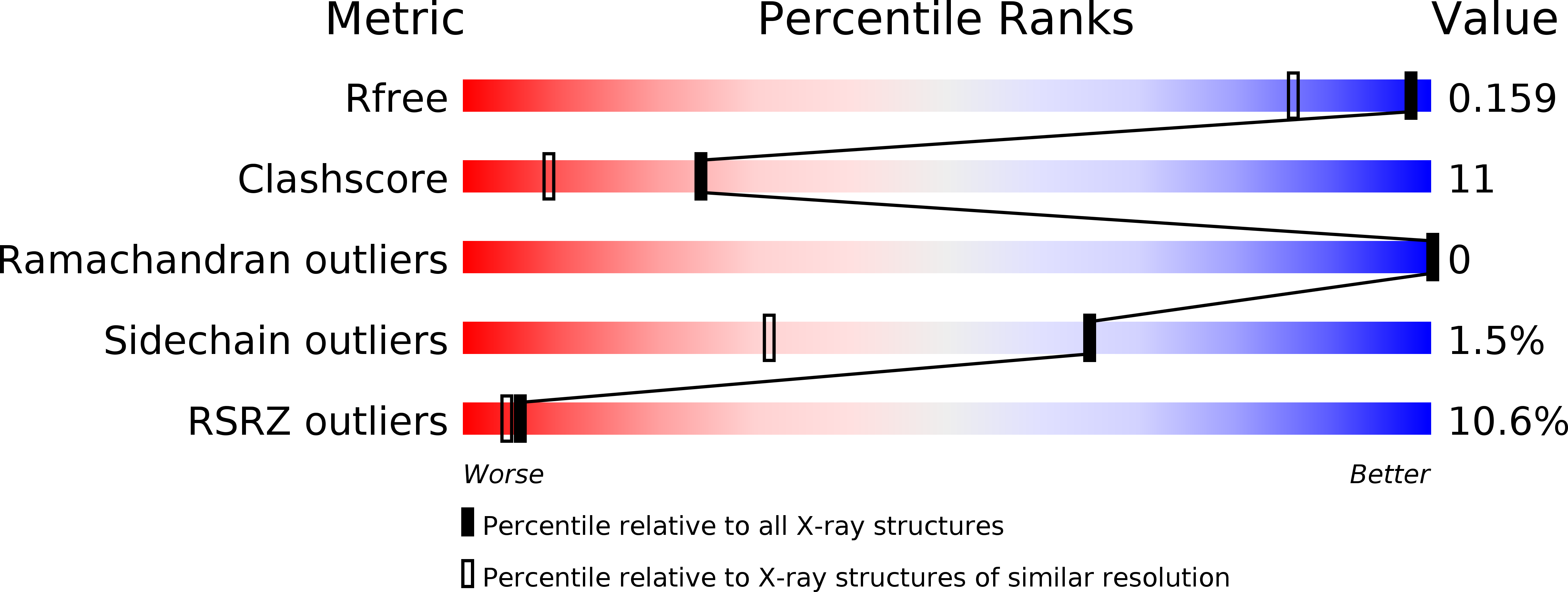
Deposition Date
2011-03-21
Release Date
2011-05-18
Last Version Date
2024-02-21
Method Details:
Experimental Method:
Resolution:
1.30 Å
R-Value Free:
0.15
R-Value Work:
0.13
R-Value Observed:
0.13
Space Group:
P 43 21 2


